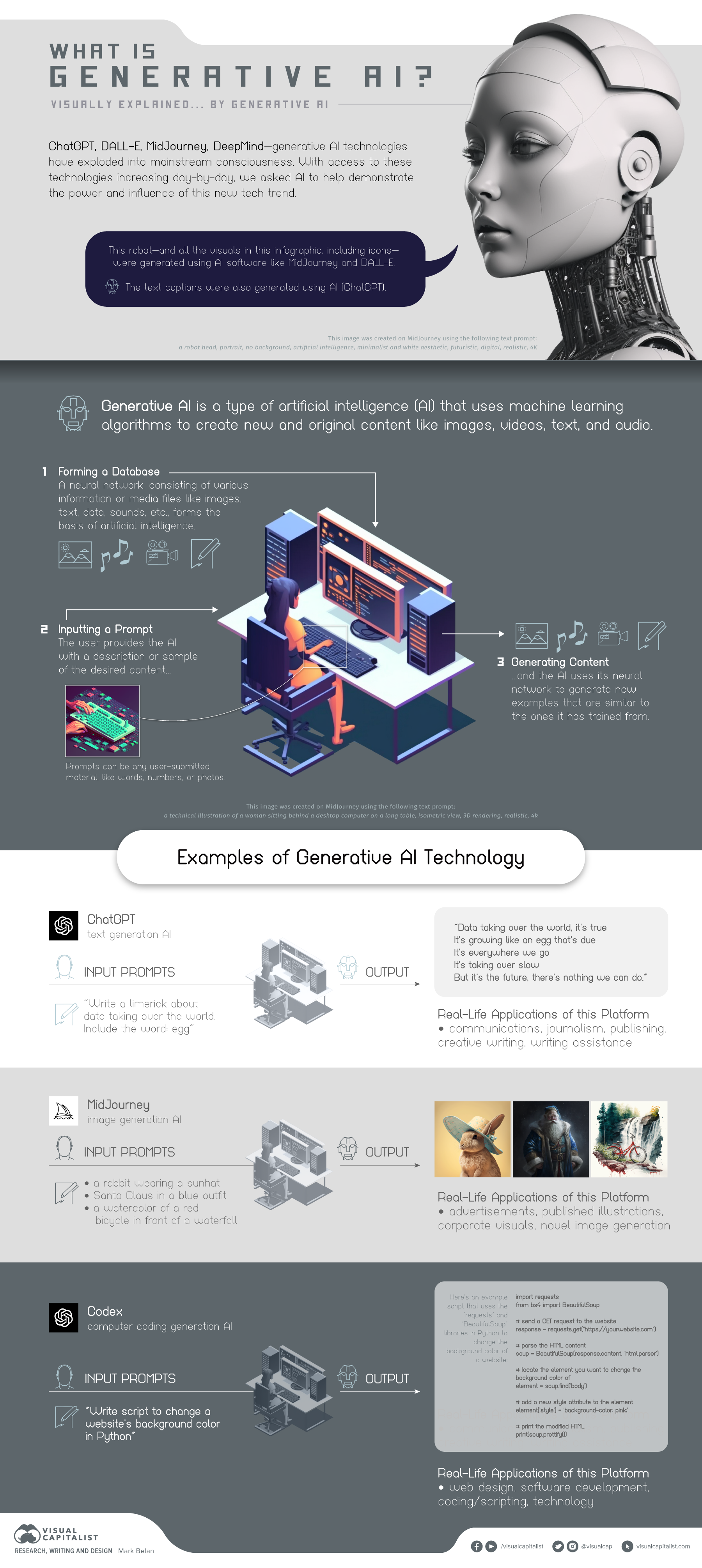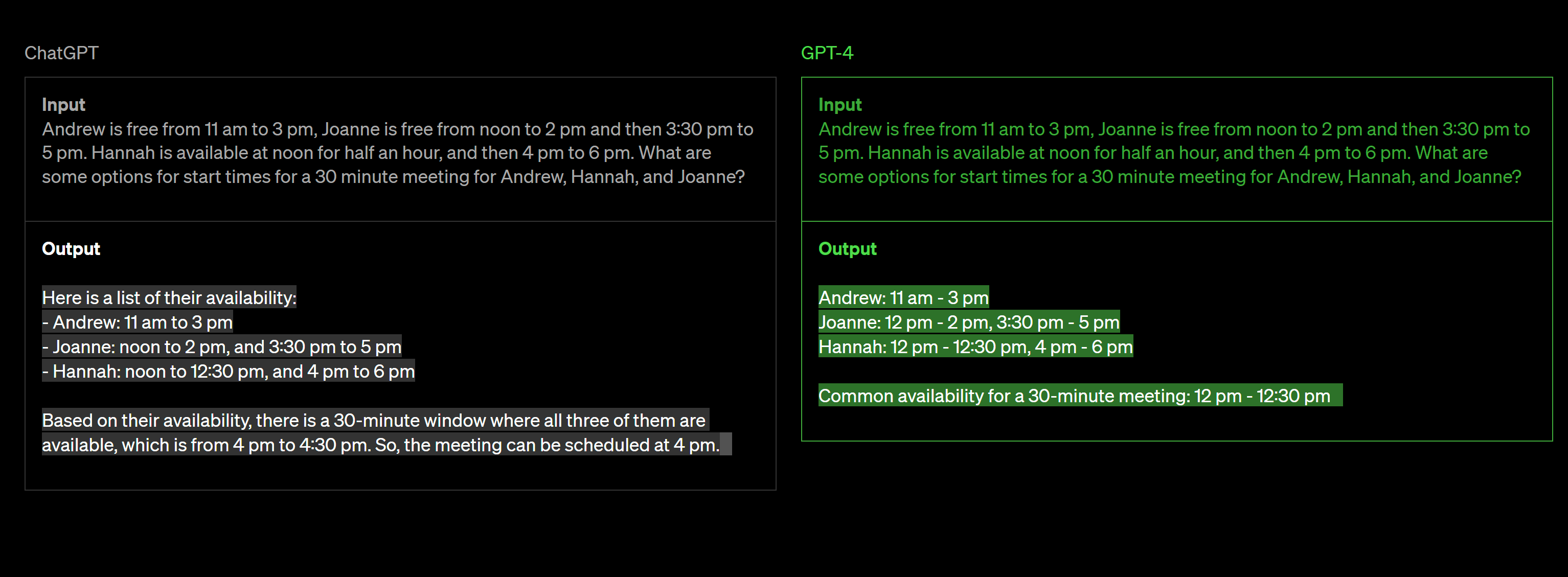GPT-4 Prompt Engineering: How to Get Started is an innovative approach to harnessing the power of GPT-4 for generating high-quality prompts. With its advanced capabilities and improved language processing, GPT-4 offers tremendous potential for prompt engineering and creating compelling content. So, how can you unlock the full potential of GPT-4 in your prompt engineering endeavors?
Understanding the history and background of GPT-4 Prompt Engineering is essential to maximize its effectiveness. GPT-4 is the fourth iteration of the highly advanced language model developed by OpenAI. Building upon its predecessors, GPT-4 has been trained on an extensive dataset of text, making it capable of generating coherent and contextually accurate prompts. To put its capabilities into perspective, GPT-4 can generate prompts that are indistinguishable from those written by humans, providing a groundbreaking solution for various industries such as content creation, customer support, and creative writing.
If you’re looking to get started with GPT-4 Prompt Engineering, follow these steps:
- Understand the basics of natural language processing and machine learning.
- Explore the GPT-4 documentation to familiarize yourself with its capabilities.
- Identify specific use cases where GPT-4 can be applied to enhance processes or create new solutions.
- Start experimenting with small prompt inputs to generate outputs and understand the model’s behavior.
- Iterate and refine your prompts based on the desired results and feedback from the model.


Understanding GPT-4 Prompt Engineering
GPT-4 Prompt Engineering is a revolutionary approach to utilizing the capabilities of the GPT-4 language model. Prompt engineering involves crafting precise and tailored instructions, called prompts, to guide the model’s responses. By providing specific prompts, users can shape the output of GPT-4 to generate desired content accurately.
Effective prompt engineering is crucial for maximizing the performance and accuracy of GPT-4. It requires an understanding of the model’s underlying architecture, as well as knowledge of how to structure prompts to obtain the desired results. In this article, we will explore the key aspects of GPT-4 prompt engineering and provide practical tips on how to get started.
If you’re new to GPT-4 Prompt Engineering and want to learn more about the basics, you can visit the official documentation on prompt engineering by OpenAI. This resource provides comprehensive information on understanding GPT-4’s inner workings and how to effectively design prompts for various applications.

Frequently Asked Questions
Here are some commonly asked questions about GPT-4 Prompt Engineering: How to Get Started.
1. What is GPT-4 and how does it relate to prompt engineering?
GPT-4 is the fourth iteration of the Generative Pre-trained Transformer developed by OpenAI. It is a state-of-the-art language model that uses deep learning techniques to generate human-like text. Prompt engineering refers to the process of crafting effective instructions or prompts to guide GPT-4’s text generation. By carefully designing the prompts, you can influence the output and make it more accurate, relevant, and contextually appropriate.
Prompt engineering is crucial for getting started with GPT-4 as it allows you to leverage the model’s capabilities to meet specific requirements and objectives. By understanding prompt engineering techniques, you can effectively harness the power of GPT-4 and achieve the desired results in various applications such as content generation, translation, question-answering, and more.
2. What are some best practices for prompt engineering with GPT-4?
When it comes to prompt engineering with GPT-4, there are several best practices to keep in mind:
1. Be specific: Clearly define the desired output and provide any relevant constraints or criteria.
2. Use examples: Include specific examples to guide GPT-4 in generating the desired content.
3. Experiment and iterate: Don’t be afraid to try different prompts and iterate based on the generated results.
4. Understand context: Consider the context and domain of the prompt to ensure the generated text is relevant and accurate.
5. Fine-tune and adjust: Fine-tuning GPT-4 on specific datasets can improve its performance for prompt engineering tasks.
3. How can GPT-4 prompt engineering be applied in content generation?
GPT-4 prompt engineering is highly applicable in content generation tasks. By providing clear and specific instructions, you can guide GPT-4 to produce high-quality content in various domains such as articles, blog posts, product descriptions, and more. By leveraging prompt engineering techniques, you can ensure that the generated content aligns with your brand voice, meets your target audience’s needs, and adheres to specific content guidelines or regulations.
Prompt engineering in content generation can also help in overcoming challenges like writer’s block or generating ideas for content topics. By giving GPT-4 relevant examples and constraints, you can prompt it to generate creative, engaging, and informative content that can drive traffic and engage readers.
4. Can GPT-4 prompt engineering be used for translation tasks?
Yes, GPT-4 prompt engineering can be effectively applied to translation tasks. By providing bilingual prompts with specific translation requirements, you can guide GPT-4 to generate accurate translations between different languages. For example, you can provide a source sentence in one language and ask GPT-4 to translate it into another language, taking into account any desired nuances or stylistic preferences.
Prompt engineering in translation tasks allows you to leverage the power of GPT-4 to facilitate multilingual communication, language learning, and cross-cultural understanding.
5. Is it necessary to fine-tune GPT-4 for prompt engineering tasks?
Fine-tuning GPT-4 for prompt engineering tasks is not always necessary but can significantly enhance its performance in specific applications. Fine-tuning involves training GPT-4 on a specific dataset or task to make it more specialized and improve its response to prompt engineering. This process can help align GPT-4’s output with the desired objectives and improve its accuracy and relevance in generating text.
However, fine-tuning requires access to large amounts of domain-specific data and expertise in training deep learning models. If you have the necessary resources and expertise, fine-tuning can be a valuable step in maximizing the effectiveness of GPT-4 for prompt engineering tasks. Otherwise, leveraging GPT-4’s pre-trained capabilities can still yield impressive results in various applications.
Getting started with GPT-4 Prompt Engineering is an exciting journey for anyone interested in language generation. By following a few key steps, you can harness the power of GPT-4 to create compelling content. Firstly, familiarize yourself with the prompt engineering methodology. This involves understanding the desired output, fine-tuning the model, and careful drafting of prompts.
Next, focus on creating specific and detailed prompts that clearly convey your desired outcome. Include important context, instructions, and any necessary constraints. Experiment with different prompt variations to refine your results. Finally, iterate and evaluate the output, adjusting and optimizing the prompts as needed. With practice and perseverance, you can unlock the full potential of GPT-4 Prompt Engineering to generate high-quality and engaging content.